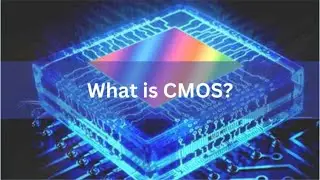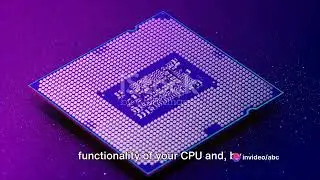Introduction to java, classes, packages and interfaces // Internet Programming (IT)
Introduction to Java: Classes, Packages, and Interfaces
Java is a widely-used, object-oriented programming language known for its portability, robustness, and rich set of libraries. It plays a crucial role in web development, mobile applications, and enterprise solutions. Understanding the core concepts of classes, packages, and interfaces is essential for leveraging Java effectively in programming.
---
1. What is Java?
**Definition**: Java is a high-level, object-oriented programming language designed to be platform-independent through the use of the Java Virtual Machine (JVM). It was developed by Sun Microsystems in the mid-1990s and is now owned by Oracle Corporation.
**Key Features**:
**Platform Independence**: Write once, run anywhere (WORA) capability.
**Object-Oriented**: Promotes code reusability and modularity.
**Strongly Typed**: Enforces strict type checking at compile time.
**Automatic Memory Management**: Includes garbage collection.
---
2. Classes in Java
**Definition**: A class is a blueprint for creating objects. It encapsulates data (attributes) and behaviors (methods) related to that data.
#### Key Concepts of Classes
**Class Declaration**:
```java
public class Car {
// Attributes
String color;
String model;
// Method
void displayInfo() {
System.out.println("Model: " + model + ", Color: " + color);
}
}
```
**Creating Objects**:
Objects are instances of classes.
```java
Car myCar = new Car();
myCar.color = "Red";
myCar.model = "Toyota";
myCar.displayInfo(); // Output: Model: Toyota, Color: Red
```
**Constructors**: Special methods called when an object is created.
```java
public Car(String color, String model) {
this.color = color;
this.model = model;
}
```
---
3. Packages in Java
**Definition**: A package is a namespace that organizes a set of related classes and interfaces. It helps avoid naming conflicts and makes it easier to manage large software projects.
#### Key Concepts of Packages
**Creating a Package**:
```java
package com.example.vehicles;
public class Car {
// Class content
}
```
**Using Packages**: Importing classes from a package.
```java
import com.example.vehicles.Car;
public class Main {
public static void main(String[] args) {
Car myCar = new Car();
}
}
```
**Java Built-in Packages**: Java provides several built-in packages like `java.lang` (fundamental classes), `java.util` (utility classes), and `java.io` (input/output classes).
---
4. Interfaces in Java
**Definition**: An interface is a reference type in Java, similar to a class, that can contain only constants, method signatures, default methods, static methods, and nested types. Interfaces are used to define a contract that classes must adhere to.
#### Key Concepts of Interfaces
**Defining an Interface**:
```java
public interface Vehicle {
void start();
void stop();
}
```
**Implementing an Interface**: Classes can implement multiple interfaces.
```java
public class Car implements Vehicle {
public void start() {
System.out.println("Car is starting");
}
public void stop() {
System.out.println("Car is stopping");
}
}
```
**Multiple Inheritance**: Java allows a class to implement multiple interfaces, enabling a form of multiple inheritance.
#### Default Methods in Interfaces (Java 8 and above)
Interfaces can contain default methods with a body, allowing for method implementation.
```java
public interface Vehicle {
default void honk() {
System.out.println("Vehicle honking");
}
}
```
---
Conclusion
Java is a versatile programming language that utilizes classes, packages, and interfaces to promote modular and organized code. Understanding these concepts is essential for building robust and scalable applications in Java. Mastery of these foundational elements will empower you to leverage Java effectively in various programming contexts, from web applications to enterprise solutions.



















